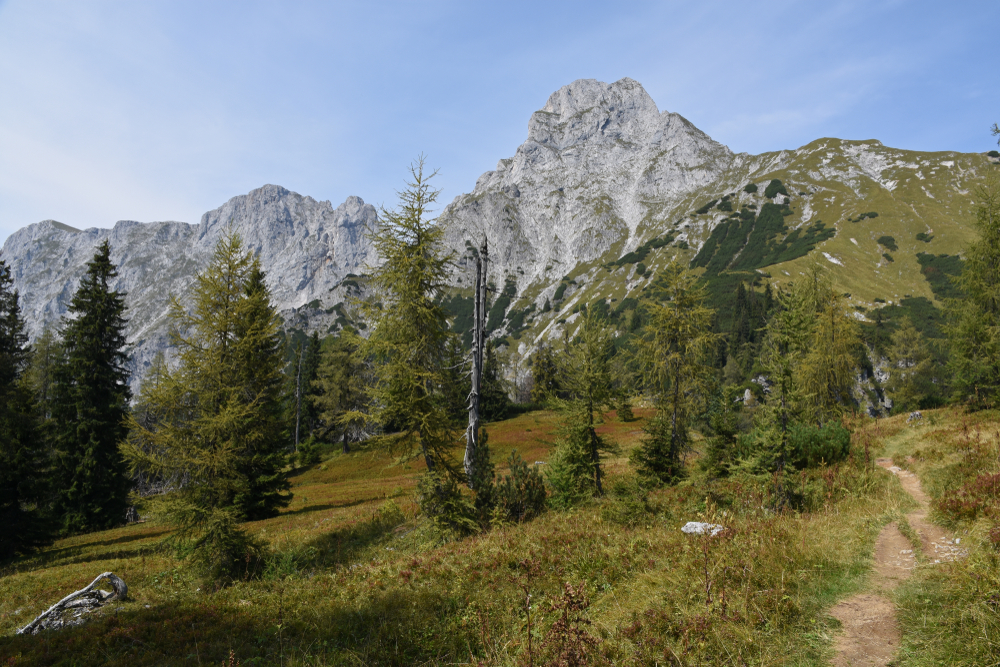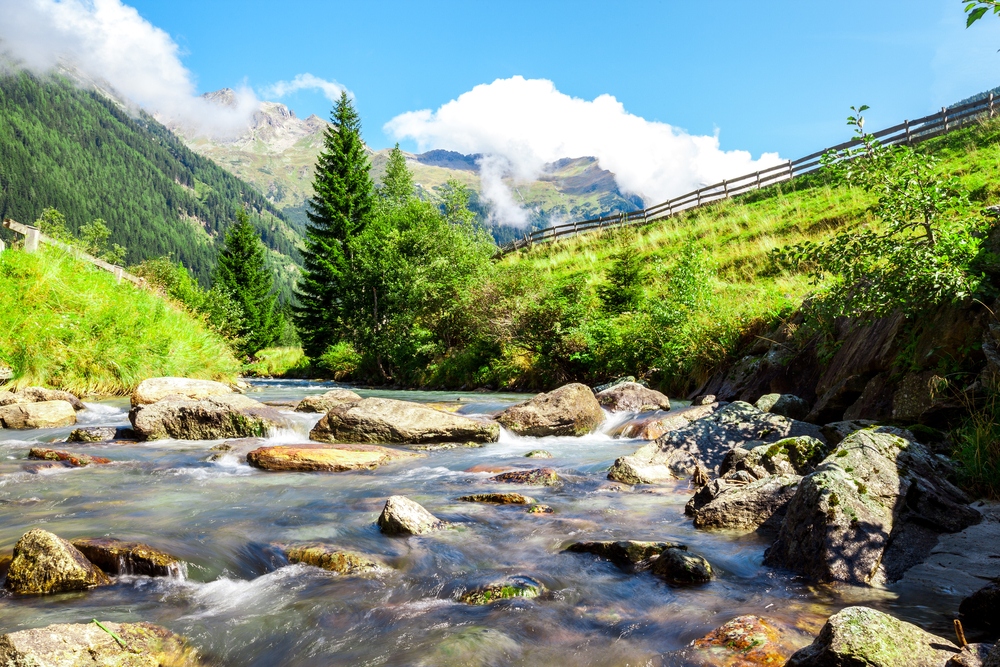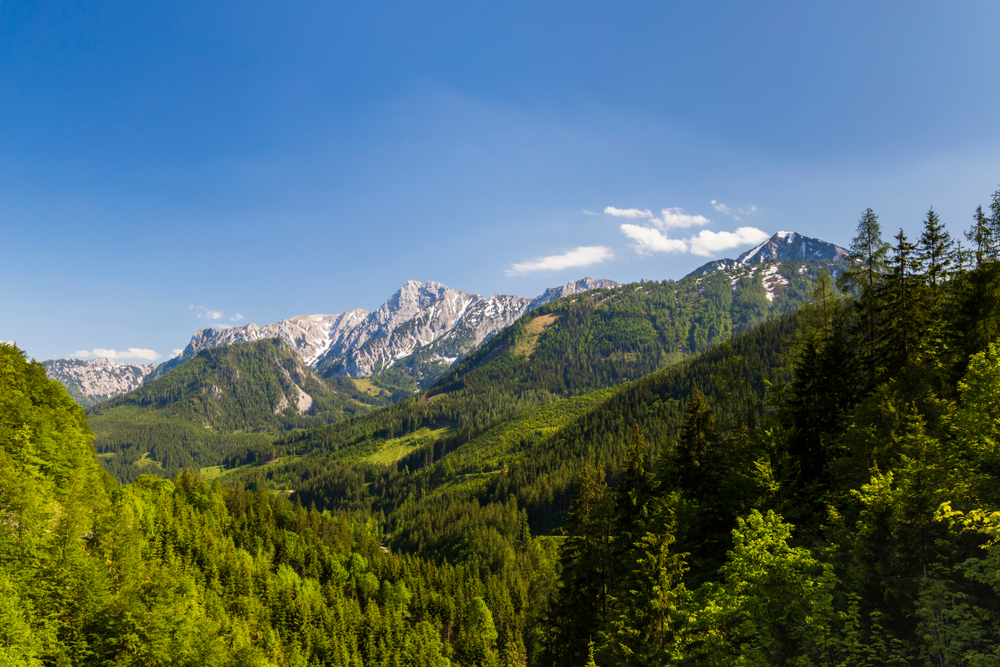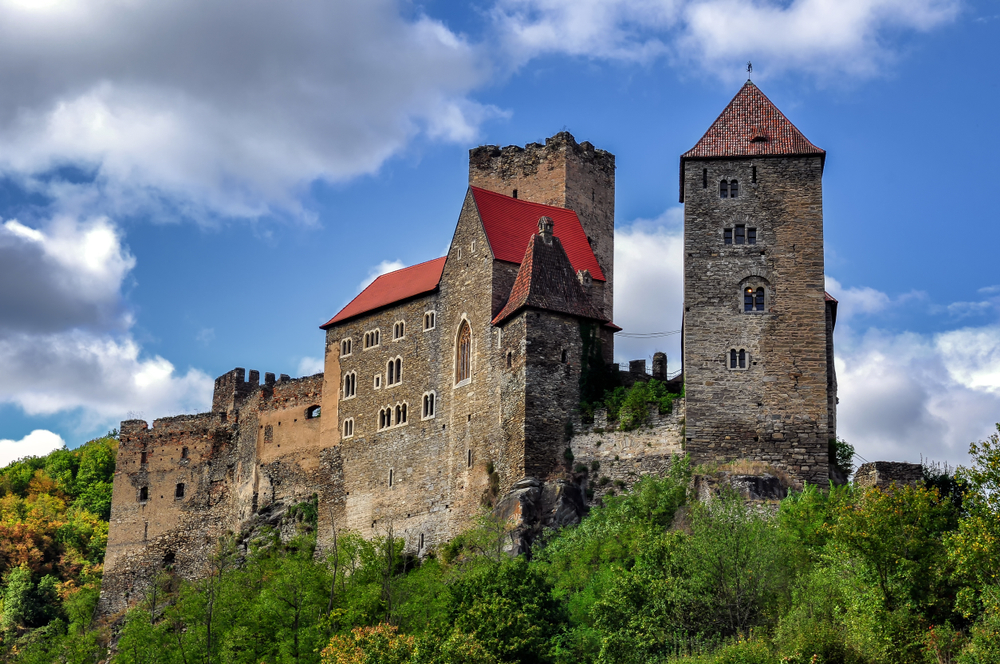Austria national parks feature about 2,370 square miles (6,140 square kilometers) of protected area, representing roughly 3% of the country’s total land area. Austria is home to six national parks that showcase its remarkable ecological diversity, spanning pristine alpine landscapes, lush forests, meandering rivers, and unique wetlands. These national parks protect some of the most biodiverse and scenic regions of the country, reflecting Austria’s commitment to preserving its natural heritage. Each park offers a distinct environment, making the country a haven for nature enthusiasts, hikers, and conservationists.
One of the most celebrated national parks in Austria is the Hohe Tauern National Park, the largest national park in the country and one of the most significant in the Alps. Spanning three federal states, this park boasts a dramatic alpine landscape featuring over 300 peaks exceeding 3,000 meters, glaciers, and waterfalls such as the Krimml Falls, Europe’s highest. The Hohe Tauern is home to an array of wildlife, including ibex, golden eagles, and marmots, thriving in its protected habitats. Visitors flock here for its scenic hiking trails, mountaineering opportunities, and awe-inspiring views.
Gesäuse National Park, located in Styria, is another highlight, famous for its rugged limestone peaks and the swift Enns River that cuts through the narrow Gesäuse Valley. This park is a paradise for adventure seekers, offering activities such as rafting and climbing. It also serves as a refuge for diverse species, including peregrine falcons and chamois, and is recognized for its intact forests and unique geological formations.
In contrast, Neusiedler See–Seewinkel National Park, located on the border with Hungary, is known for its vast reed beds, salt ponds, and steppe landscapes. As a UNESCO World Heritage Site, this park is a critical stopover for migratory birds, attracting birdwatchers from across Europe. Its combination of wetlands and grasslands supports a plethora of bird species, including great egrets and spoonbills.
Another treasure is Kalkalpen National Park, Austria’s largest forested national park. This park protects unspoiled beech forests, which are part of a UNESCO World Heritage designation. Its deep valleys, karst formations, and underground streams create a fascinating terrain. Wildlife such as lynxes and black woodpeckers thrives in these lush environments, making Kalkalpen a symbol of successful rewilding and forest conservation.
Finally, the Thayatal National Park, located near the Czech border, is a hidden gem with its dramatic cliffs and meandering Thaya River. This park’s diverse habitats support otters, kingfishers, and rare plants like the Siberian iris. Its blend of cultural heritage and natural beauty makes it a unique destination for visitors.
Austria’s national parks face conservation challenges, including climate change, tourism pressure, and habitat fragmentation. However, concerted efforts in sustainable tourism and habitat restoration, such as reintroducing lynxes in Kalkalpen, demonstrate Austria’s commitment to preserving its natural treasures for future generations.
Scroll for an Alphabetical list of Austria National Parks
















































































